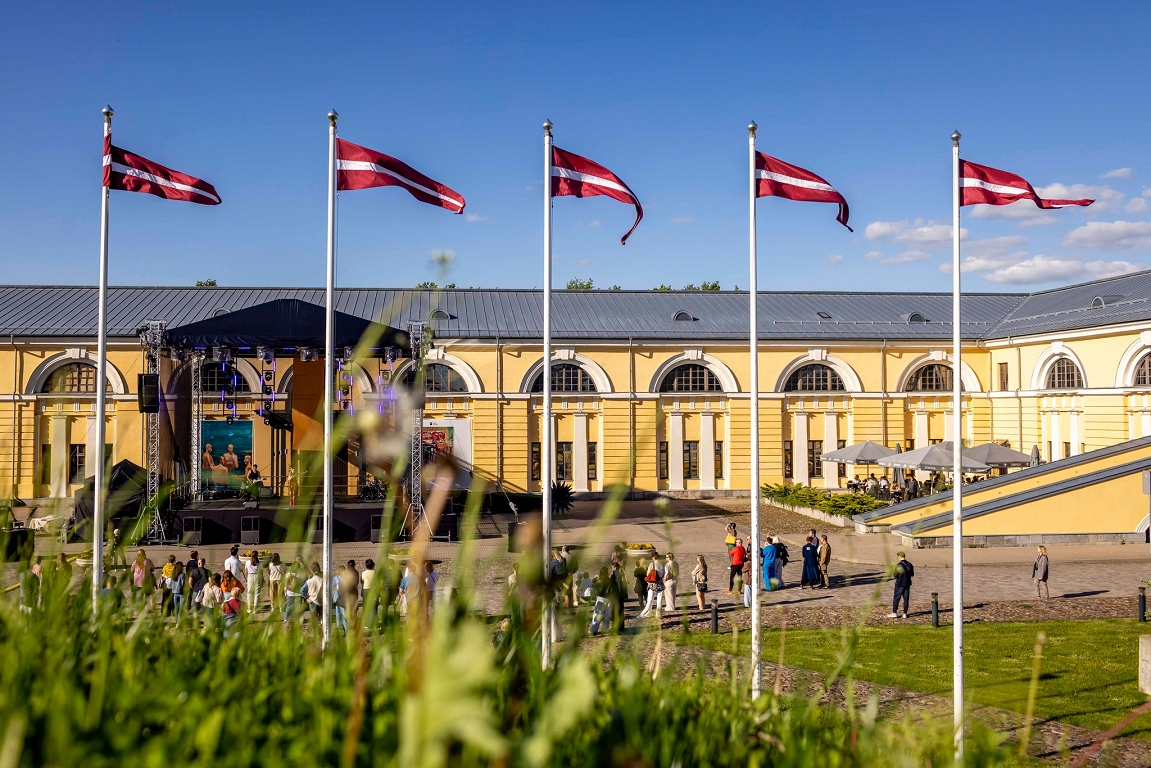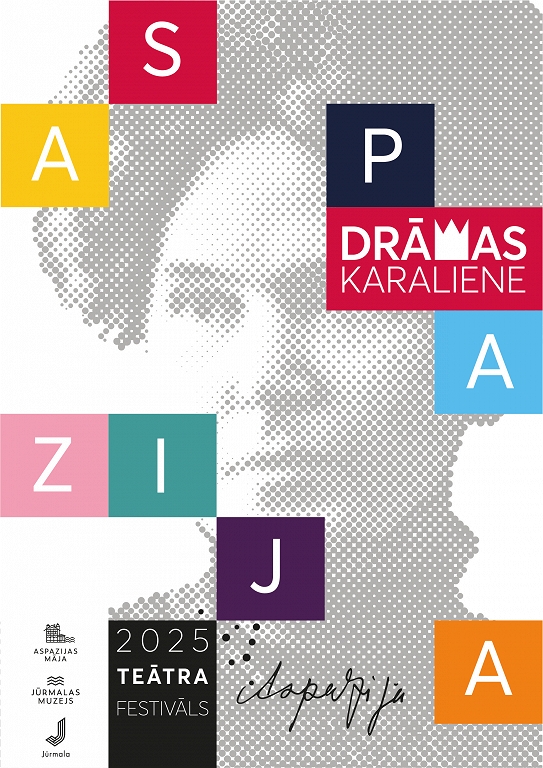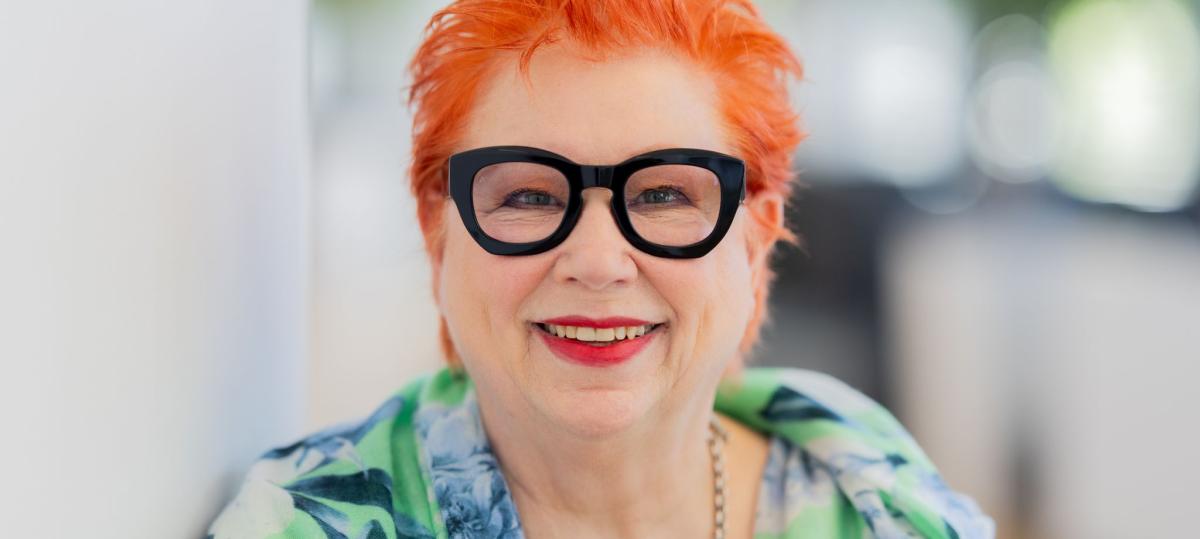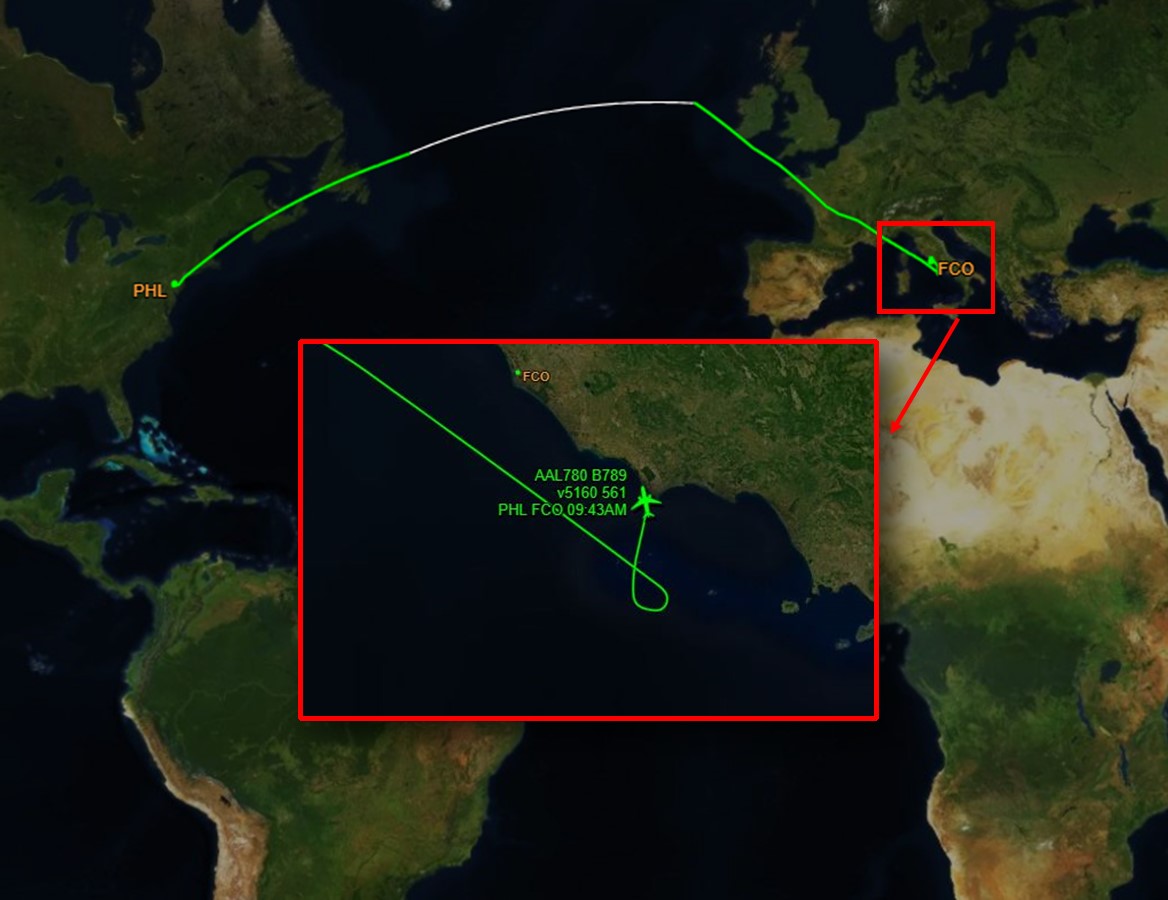As long as the Gauja flows, the lamprey will be! / Day
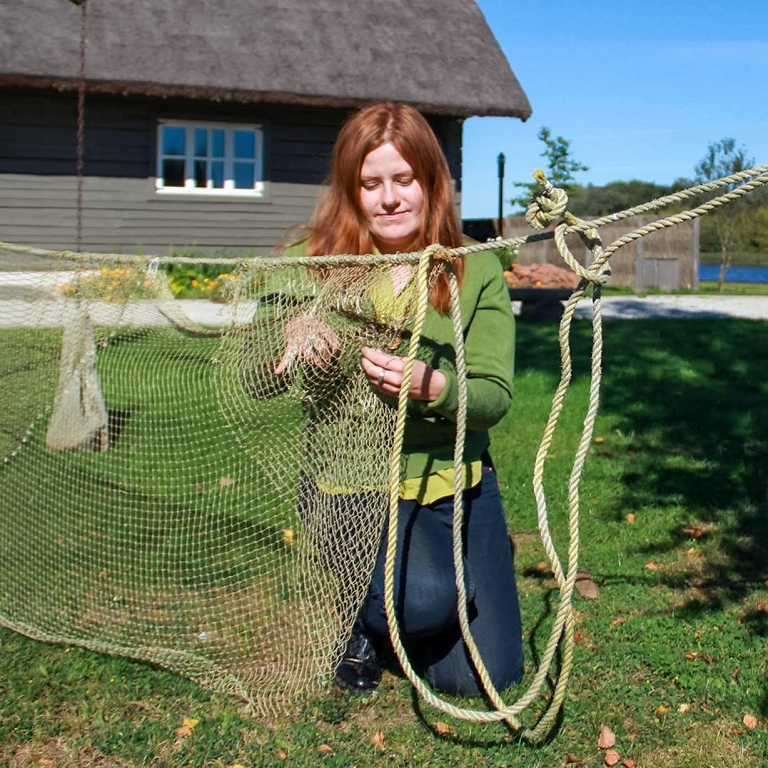
In March, the Institute of Literature, Folklore and Art of the University of Latvia held a discussion Green heritage On the effects of climate change on cultural heritage. One of the members of the expert group was Olga Rinkus, Head of the Carnikava Local History Center, whose initiative as a result of catching the lamprey of the Carnikava River and processing skills is included in the Latvian intangible cultural heritage list.
Currently, there is a pause during the lamprey catching season, and the fishing gear will only be able to resort to only August 1st. Meanwhile, the job traditions are common in other activities and encourages the public to get involved.
Yes, Carnikava is unthinkable without lamprey. It was not for nothing that it was called the Kingdom of the lamprey. River lamprey or Lampeter fluviatil There is a specially protected species of European importance. In addition, in Latvia it also has limited status of usable species.
Why are river lamprey catching and processing skills included in Latvia’s intangible cultural heritage list?
For centuries, the lamprey have been known as a culinary heritage. The proximity of Riga, and the fact that they could be offered to the greater masses of people, also contributed to the visibility of our lamprey throughout Latvia. Carnikava says: lamprey catches, not fishing. Catching the lamprey in Carnikava has always been a unique thing. The Salacgriva lamprey, which has not yet been included in the Latvian intangible cultural heritage list, caught with the big structures located across the river. This type of catching has disappeared with us in Carnikava. In order not to lose even more traditions related to lamprey catching and processing, as well as the fishermen themselves, something had to be done.
It has to be said that in 2019 I was inspired by the example of the Gauja Rafters in the Latvian intangible cultural heritage list in the Latvian intangible cultural heritage list. They are also included in the UNESCO intangible cultural heritage list.
We still have lamprey bakers who also catch the lamprey themselves. The tools that catch the lamprey and change over the years, but the skills of catching themselves are inherited because the fishermen are not trained anywhere.
The preservation of the lamprey is also significantly threatened by the fishing, the disappearance of spawning grounds, the dams in the rivers and other factors. What is the situation in Carnikava?
With a fishing, on the one hand, the proximity of the Gauja makes it easier for fishermen to access the Carnikava lamprey, on the other hand, the fact that the lamprey is popular with us is repelled by the law. Elsewhere, someone can stretch a lamprey trap and people will not recognize who is meant for it, but every Carnikava resident is aware of the catching of the lamprey when it is allowed or not to do. Not only the municipal police, with their drones and regular patrols on the water, are watching to prevent any illegality, and local fishermen and residents also look at and feel co -responsible. We are strictly monitored to prevent the riverbed or lamprey spawning grounds, or nesting. In the past, municipalities were such a mediator between private initiatives, inspectors and BIOR of the Environmental Scientific Institutes, now fishermen themselves enter into contracts with the institute for propagation of the lamprey. People are more involved in themselves and they care about the preservation of lamprey. For example, the Gauja Sustainability Development Society has taken over a number of initiatives related to the cleaning of the river, the restoration of fish resources, the mixing of dams, the work with the municipality and the public information.
How else are the locals involved in lamprey protection activities?
If we do not have a community then we really have nothing! The municipality can already write different documents, but it will not be enough. There is an important public involvement so we have set up the only program in the Baltics To visit Carnikava fishermen. It also tells local fishermen to children and adults and show their skills.
Two years ago, local fishermen created a lamprey tachet in our Regional Studies Center so that people had a better idea of how to catch the lamprey in the past. The ceiling can also be placed in the ceiling, which is used by fishermen today to catch the lamprey. Fishermen have also placed one of their lamprey traps near our museum for public education.
We also have an eco -school from which young people of all ages come from all over Latvia. In it we teach about our river lamprey. Every year, our Regional Studies Center is organizing about 40 educational activities – people are involved in various activities throughout the year.
As every summer, this year, on August 23, Carnikava will host the Lamprey Festival, but before that, on May 24, the Gauja Festival will take place in Adazi, which will include an exhibition on the protected stem name products prepared by the Latvian Rural Advisory and Training Center. Last year, we had organized a conversation festival at the Lamprey Festival, where various experts discussed ethnography and environmental issues. Maybe this year we will plan a culinary event. I have a lot of ideas and ideas.
How does climate change affect Carnikava lamprey populations and fishing?
Even though we have no decent winters in recent years. In ancient times, fishermen also dealt with ice fishing. One of our oldest fishermen, Arvīds Ozoliņš, made us a winter trap layout that local fishermen used years ago. River lamprey needs all four seasons. There are several types of lamprey in the world. Lamprey can also be found in Spain and Portugal, but they are other lamprey and need other climatic conditions. Our lamprey also likes the flow of a rapid river, but over the years, the Gauja becomes shallow and wider. It takes rain because the water needs to change. The floods usually took place in March, now the years of flood warning are already in January, as the window is +6 degrees behind the window. All this has a negative impact on the lamprey population. Also, hot and dry summers do not benefit the lamprey. The lamprey catching season is also shortened. Starting in October, it was a traditional time for lamprey catching, but now it is difficult to predict how many lamprey will be due to global warming during this period. Interestingly, the lamprey love darkness. For example, during the full moon, the lamprey do not come up and they cannot be caught.
It has to be said, the debate that the climate is changing and that it affects the lamprey already in the late 19th century. In the book written by Uldis Siliņš, we are Carnikavians to read extracts from the ancient press, published before World War II, they say that there will be no lamprey in 50 years, because the climate is changing, but the older fishermen say:


